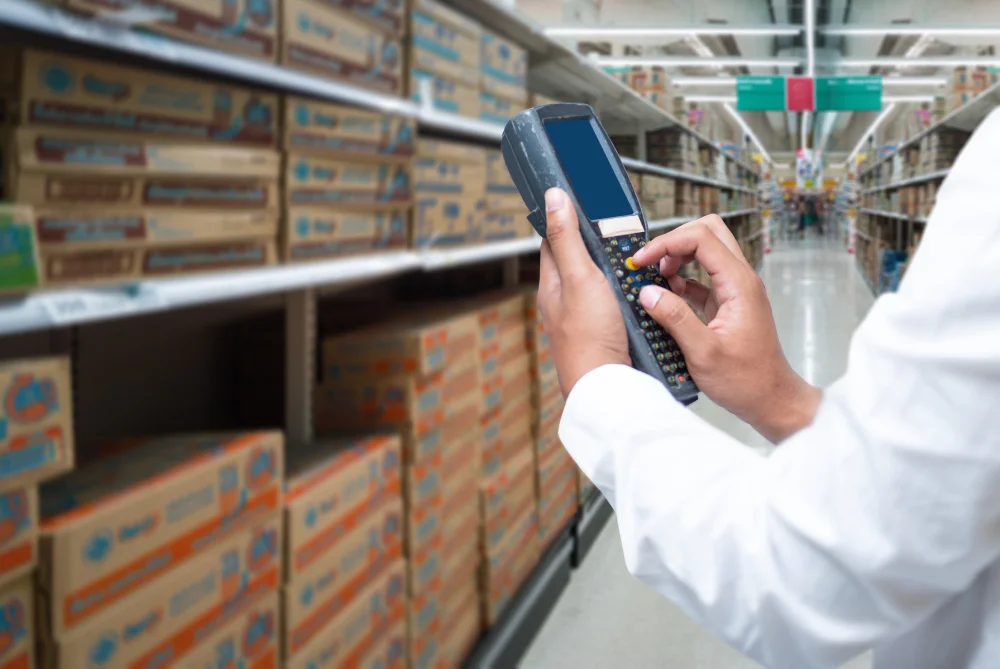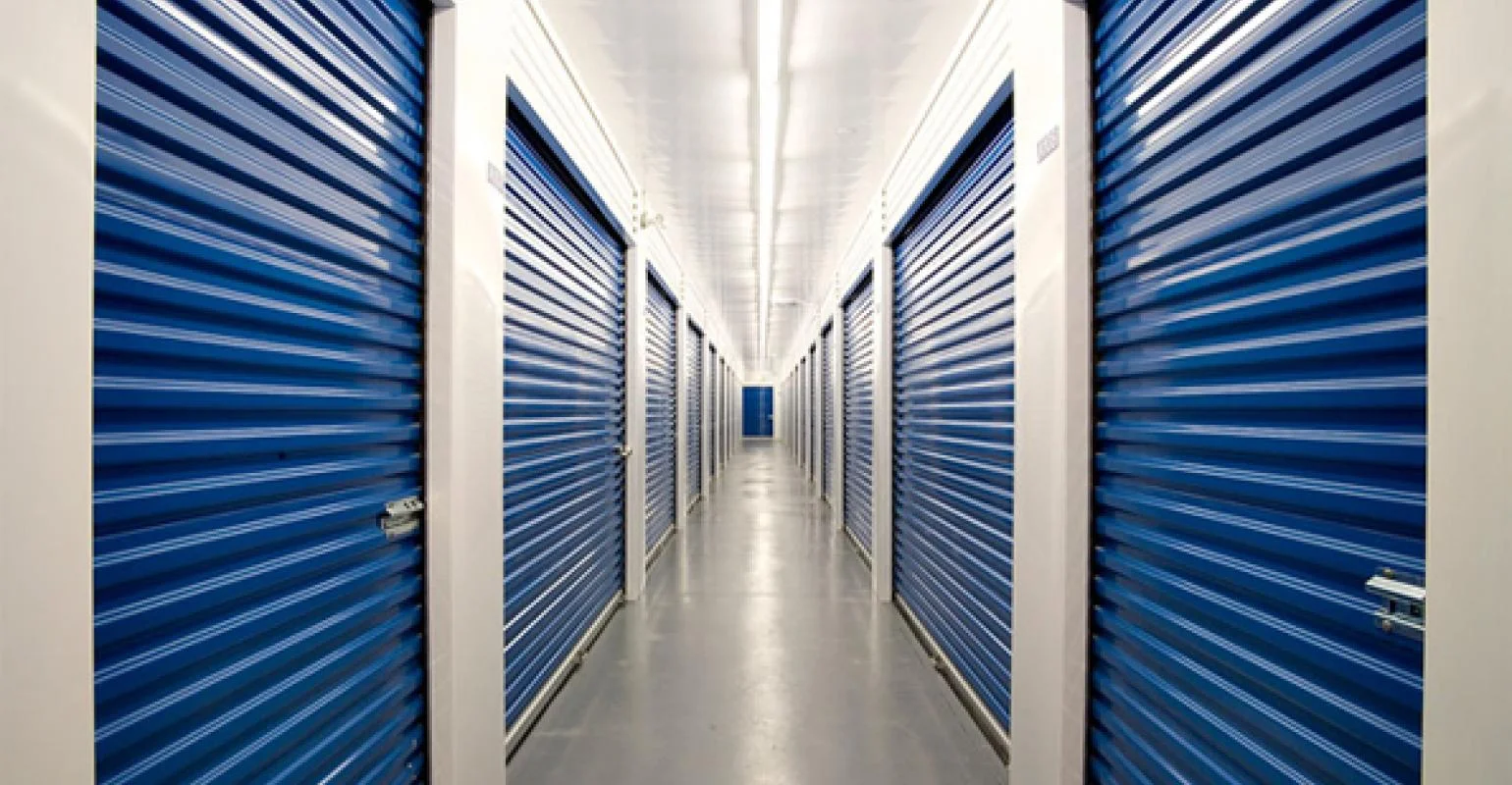In a world where consumerism continues to thrive, the need for storage facilities has never been more crucial. Whether you’re moving to a new home, downsizing, traveling, or simply dealing with limited space, storage facilities provide a secure and convenient solution for safeguarding your possessions. In this article, we will explore the world of storage facilities, delving into their history, the various types available, how they work, and the future of storage in the digital age.
The concept of storage facilities has been around for centuries, dating back to ancient civilizations. Early humans used caves, underground chambers, and rudimentary huts to store their valuable possessions. Over time, as societies advanced and urbanized, storage needs became more complex, leading to the development of dedicated storage solutions.
Ancient Storage Solutions
In ancient Mesopotamia, clay tablets dating back to 2000 BCE revealed records of storage units where commodities like grains and textiles were kept. Egyptians used intricate tombs as storage chambers for the afterlife, containing valuable items and offerings. In the Middle Ages, European castles featured massive storerooms for food, weapons, and treasure. These early examples highlight the essential role of storage facilities throughout history.
Modern Storage Facilities
Fast forward to the 20th century, and we witness the birth of modern storage facilities. The self-storage industry, as we know it today, can be traced back to Florida in the 1960s. The first self-storage facility, known as “A-1 U-Store-It U-Lock-It U-Carry the Key,” was created by Terence Swain and Martin “Doc” Miller. It was a revolutionary concept that allowed individuals to rent small, self-contained storage units on a monthly basis.
Types of Storage Facilities
Today, the storage industry is incredibly diverse, offering a wide range of options to cater to various needs and preferences. Here are some of the most common types of storage facilities:
Self-Storage Units
Self-storage units are individual storage spaces that people can rent on a monthly basis. These units vary in size, from small lockers to larger spaces that can accommodate furniture and other household items. Self-storage facilities are often located in convenient urban or suburban locations, providing easy access to renters.
Climate-Controlled Storage
Climate-controlled storage facilities maintain a controlled environment to protect items from extreme temperatures, humidity, and other environmental factors. These are particularly valuable for storing sensitive items such as antiques, electronics, art, and important documents.
Vehicle Storage
Vehicle storage facilities cater to those who need a secure place to store their cars, boats, RVs, and motorcycles. These facilities often have specialized storage options, including covered or indoor spaces to protect vehicles from the elements.
Business Storage
Many businesses rely on storage facilities to store inventory, equipment, and important documents. Business storage solutions can range from small self-storage units to larger commercial storage spaces with additional features like security systems and access control.
Mobile Storage
Mobile storage companies deliver storage containers to your location, allowing you to load your belongings at your own pace. Once filled, the container is picked up and stored at a secure facility until you need it again.
How Storage Facilities Work
Understanding how storage facilities operate can help you make informed decisions about choosing the right option for your needs.
Renting a Unit
The process begins with selecting a storage facility in san Marcos based on your needs. You can choose the size of the unit, the type of storage (e.g., self-storage, climate-controlled, vehicle storage), and the rental terms that suit you best. Most facilities offer monthly rental agreements, making it a flexible choice for both short-term and long-term storage.
Access and Security
Storage facilities typically have controlled access, which means that renters are provided with a unique access code or key to enter the premises. Advanced security features such as video surveillance, alarms, and on-site management ensure the safety of stored items. Climate-controlled facilities maintain a stable environment, preventing temperature and humidity fluctuations.
Storing Your Belongings
Once you’ve rented a unit, you can start storing your belongings. It’s important to organize your items efficiently to maximize space. Use shelves, racks, and proper packing materials to protect fragile items. Label boxes and create an inventory list to keep track of what you’ve stored.
Maintenance and Payment
Regular maintenance and payment of your storage unit are essential. Check on your stored items periodically to ensure they remain in good condition. Continue to make monthly payments to maintain access to your unit.
The Future of Storage Facilities
As we move further into the digital age, the future of storage facilities is likely to see a fusion of technology and convenience. Here are some trends and innovations shaping the future of storage:
Smart Storage Facilities
The integration of smart technology will enhance the security and management of storage facilities. Renters will be able to control access, monitor their units remotely, and receive real-time alerts about any issues.
Sustainable Storage
Environmental concerns are driving the development of more sustainable storage solutions. Solar-powered facilities, energy-efficient designs, and the use of recycled materials will reduce the carbon footprint of storage facilities.
Automated Storage Solutions
Automated storage systems are becoming more prevalent, allowing for efficient and space-saving storage. These systems can retrieve items from storage without the need for manual labor, making retrieval faster and more convenient.
Digital Storage
The rise of cloud storage and digital archiving has already begun to reshape the concept of storage. While physical storage facilities will continue to be essential for many, digital storage solutions are gaining prominence for documents, photos, and data.
Conclusion
Storage facilities have come a long way from the rudimentary storage solutions of ancient civilizations to the sophisticated, tech-enabled spaces we have today. They play a vital role in our modern lives, offering convenience, security, and peace of mind for individuals and businesses alike.
Whether you’re downsizing, moving, or simply need to declutter your living space, storage facilities provide the perfect solution for safeguarding your possessions. With continued innovation, we can expect even more convenient and sustainable storage options in the future, making it easier than ever to preserve our belongings and memories for generations to come.


















